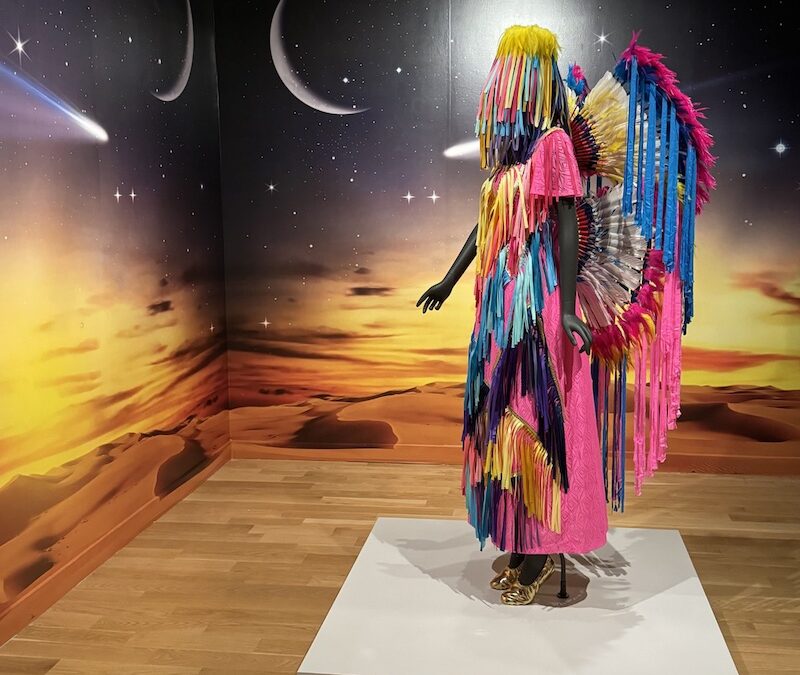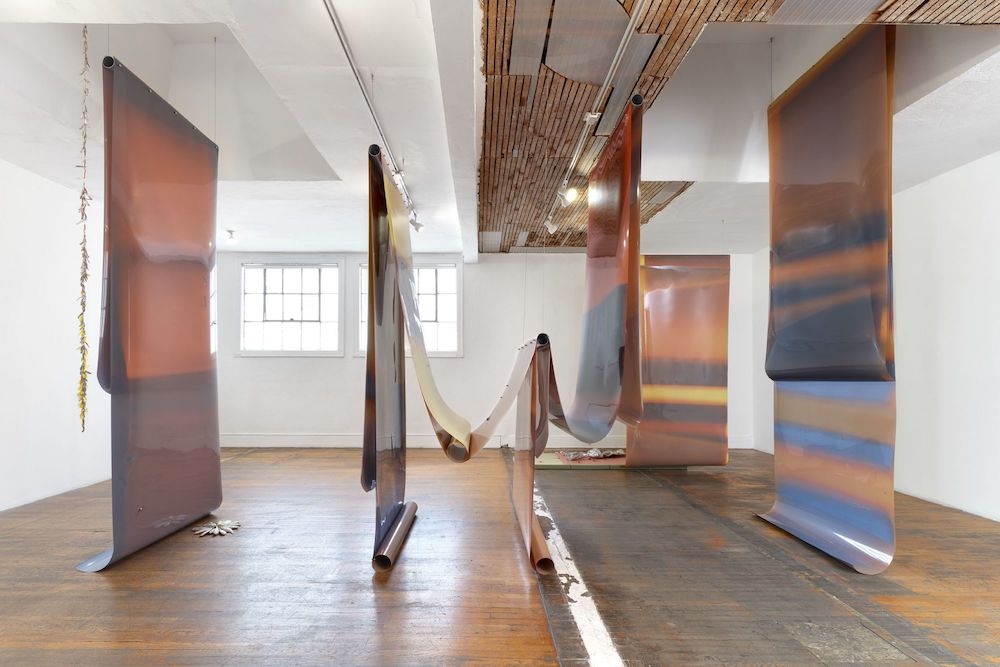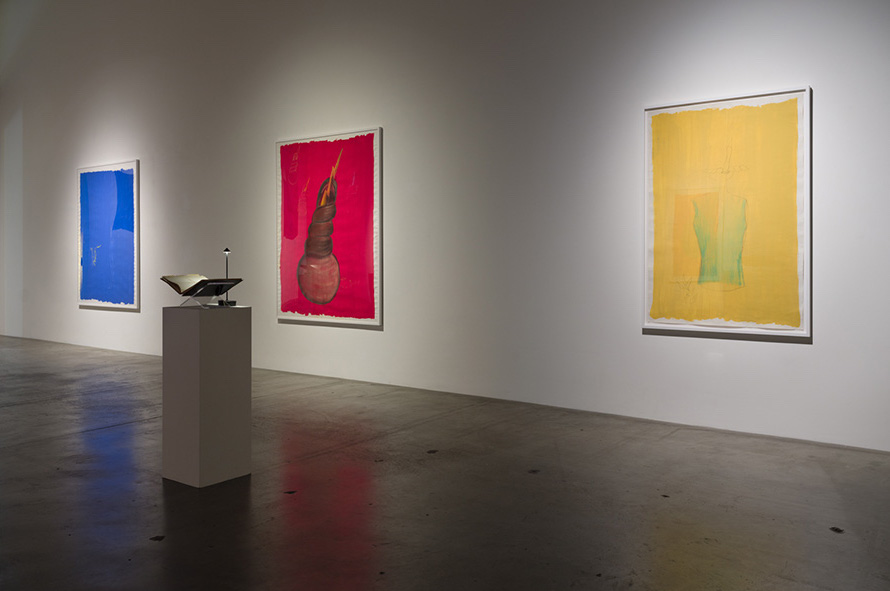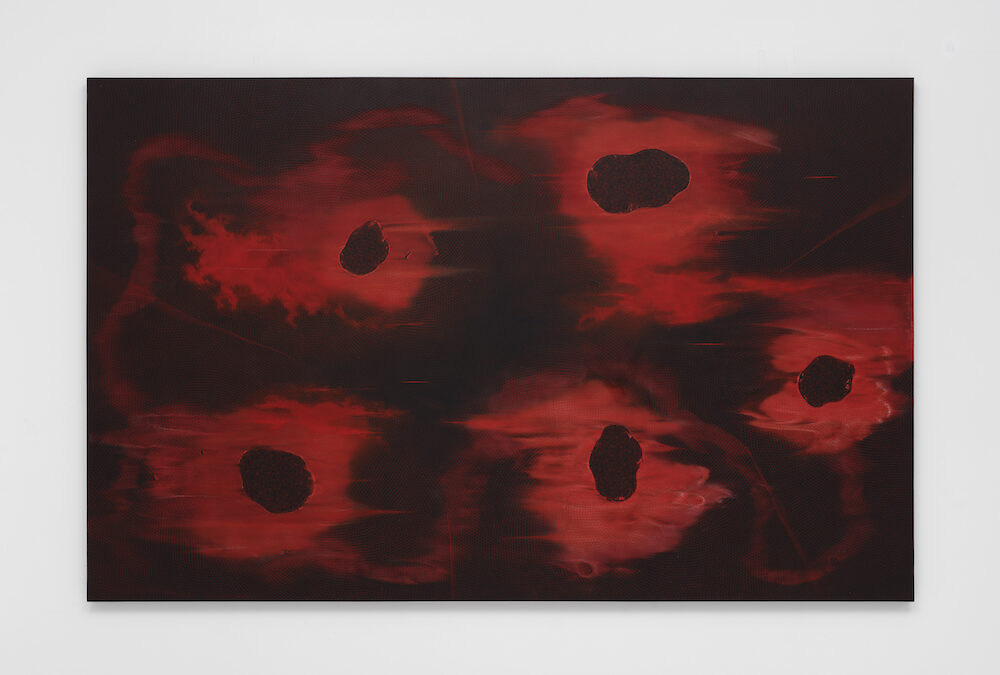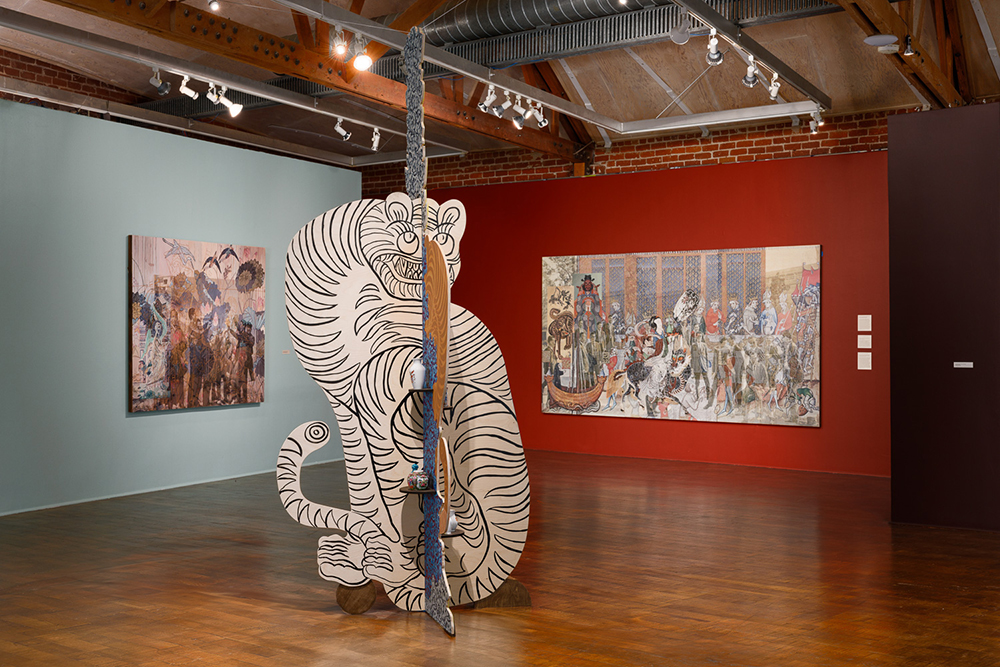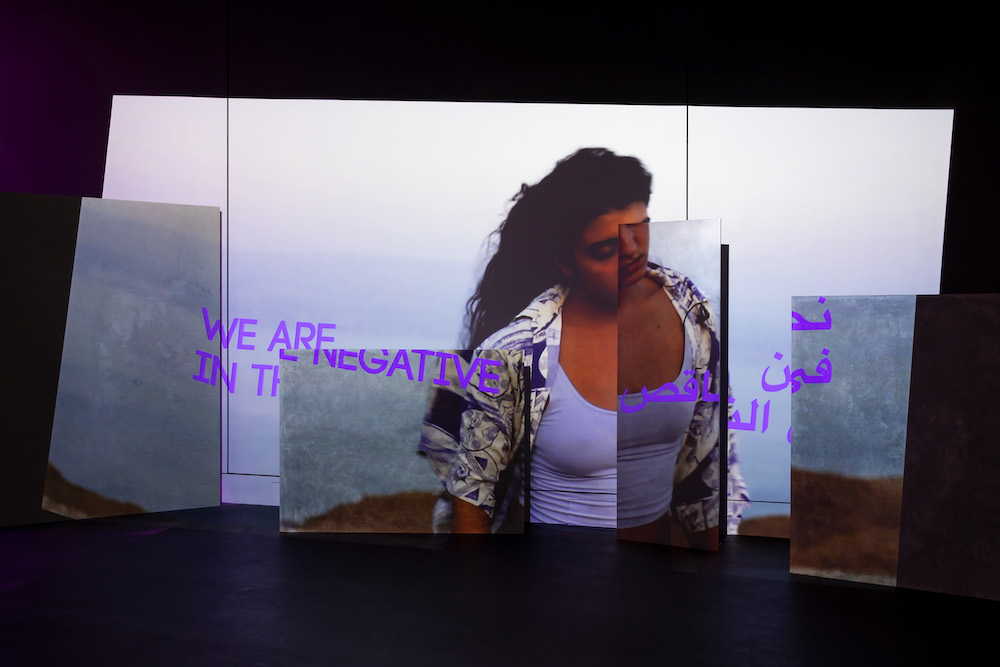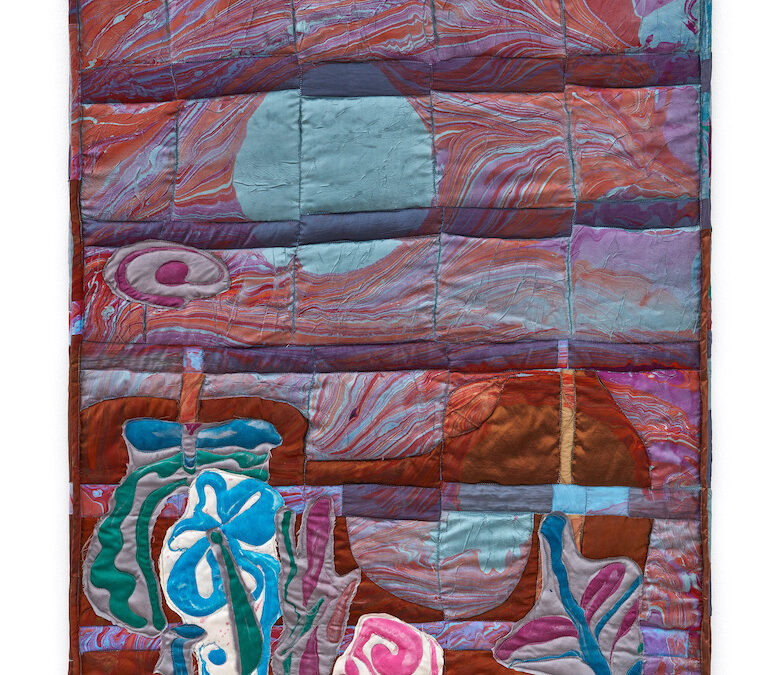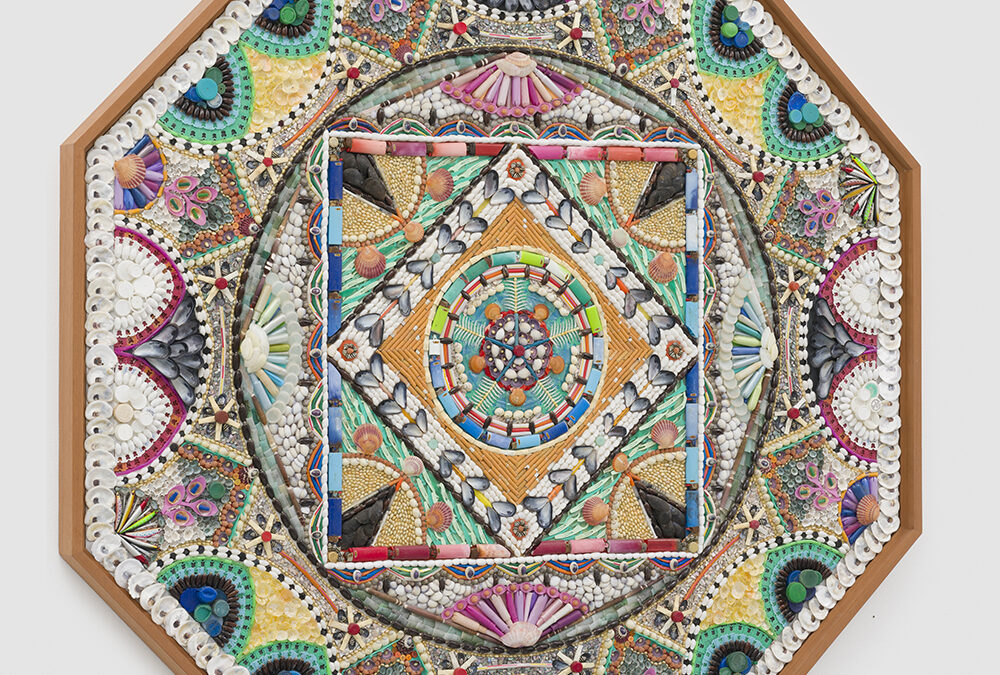Growing up on the Apsáalooke (Crow) reservation in Montana, Wendy Red Star witnessed the ways her cultural heritage was practiced, performed and integrated into the daily lives of her tribe. These customs seemed deeply disconnected from the displays in history museums...
